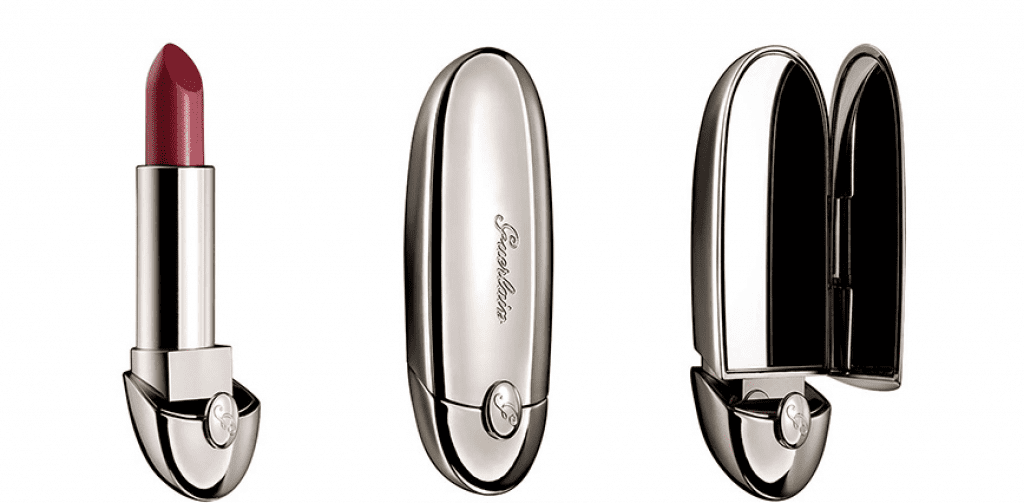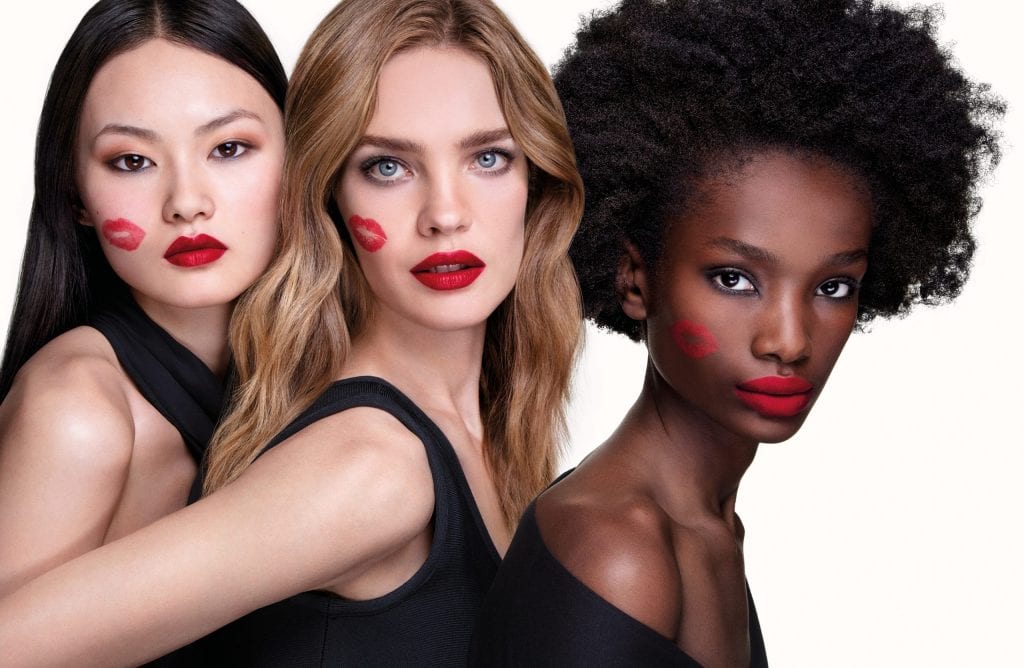Can the shape of a lipstick case, alone, function as an indicator of the source of the product? That was ones of the questions at the center of a matter involving Guerlain and the packaging of its Rouge G de Guerlain lipstick. In a decision on Wednesday, the European Union General Court handed LVMH-owned Guerlain a win, overturning an earlier determinations of the European Union Intellectual Property Office (“EUIPO”) and its Board of Appeal, both of which refused to register the shape of the French cosmetics and perfume brand’s lipstick case on the basis that the design of the three-dimensional packaging does not “depart significantly” from what others in the beauty segment of the market are doing, and thus, does not have the distinctive character necessary to serve as a trademark.
In a decision dated July 14, the General Court held that the mark represented in the trademark application that Guerlain filed with the EUIPO in 2018 does, in fact, “have distinctive character because it departs significantly from the norm and customs of the lipstick sector,” and focused specifically on two points in furtherance of its decision.
First, the court held that “the assessment of whether [a mark] has distinctive character is not based on the originality or the lack of use of the mark in the field to which the goods and services concerned belong,” and more than that, “mere novelty of [a] shape is not sufficient in order to conclude that there is distinctiveness.” At the same time, the court asserted that “the fact that a sector is characterized by a wide variety of product shapes does not mean that a new possible shape will necessarily be perceived as one of them.”
Second, the court stated that just because certain products, such as Guerlain’s refillable lipstick cases, “have a high-quality design” does not, on its own, mean that the 3D shape of those goods can be distinguished from the goods of others in the market. While the court claimed that it is appropriate to take into account “the aesthetic aspect of a mark,” such consideration does not amount to an assessment of “the attractiveness of the product in question,” and instead, is done for the purpose of determining “whether [the] product is capable of generating an objective and uncommon visual effect” among the relevant public, and thereby, differentiating it from other products in the market.

With the foregoing in mind, the General Court held that the shape of the Rouge G de Guerlain lipstick case – which it says is “reminiscent of that of a boat hull or a baby carriage” – is “uncommon for a lipstick and differs from any other shape existing on the market.” Specifically, the court asserted that the shape at issue “differs significantly from the images taken into consideration by the EUIPO’s Board of Appeal, most of which represented cylindrical and parallelepiped lipsticks.” The presence of the “small oval embossed shape [of the Rouge G de Guerlain lipstick case] is unusual and contributes to the uncommon appearance of the mark,” the General Court’s panel found. Still yet, the court determined that the fact that the lipstick “cannot be placed upright reinforces the uncommon visual aspect of its shape.”
As a result of its foregoing findings, the General Court held that “the relevant public will be surprised by this easily memorable shape” of the lipstick case – which Guerlain first introduced in 2009 – and “will perceive it as departing significantly from the norm and customs of the lipstick sector and capable of indicating the origin of the goods concerned,” thereby, enabling the court to find that the mark has distinctive character, and can be registered with the EUIPO for use on “lipstick” products.
Reflecting on the significance of the case, Eleonora Rosati, a Professor of Intellectual Property Law and Director of the Institute for Intellectual Property and Market Law at Stockholm University, says that the General Court’s decision “represents a sensible outcome and brings about some refreshing news to trademark applicants seeking to register shape or less conventional marks.” It is also a particularly welcome development for the fashion industry, she says, as “in the past 2-3 years, alone, things have been rather gloomy for trademark applications relating to such signs.” For instance, she notes that the Court of Justice of the European Union “held that Birkenstock’s surface pattern mark is devoid of distinctiveness (C-26/17 P); LVMH has not yet been able to secure registration of its Damier Azur pattern (though things may look up now; T-105/19); the shape of Moon Boots may be protected by copyright (in Italy), but it has so far been unsuccessful on the trademark registration front (1093/2019-1); and Buffalo Boots’ position mark has not yet been considered registrable (2167/2019-1).”
Echoing Rosati’s sentiment, K&L Gates’s Simon Casinader and Katherine McDermott assert that Guerlain’s success in registering its Rouge G de Guerlain lipstick mark is good news for cosmetic and fragrance producers across the board, which “can hold out hope for the future and their ability to register distinctive 3D packaging” of their own.











